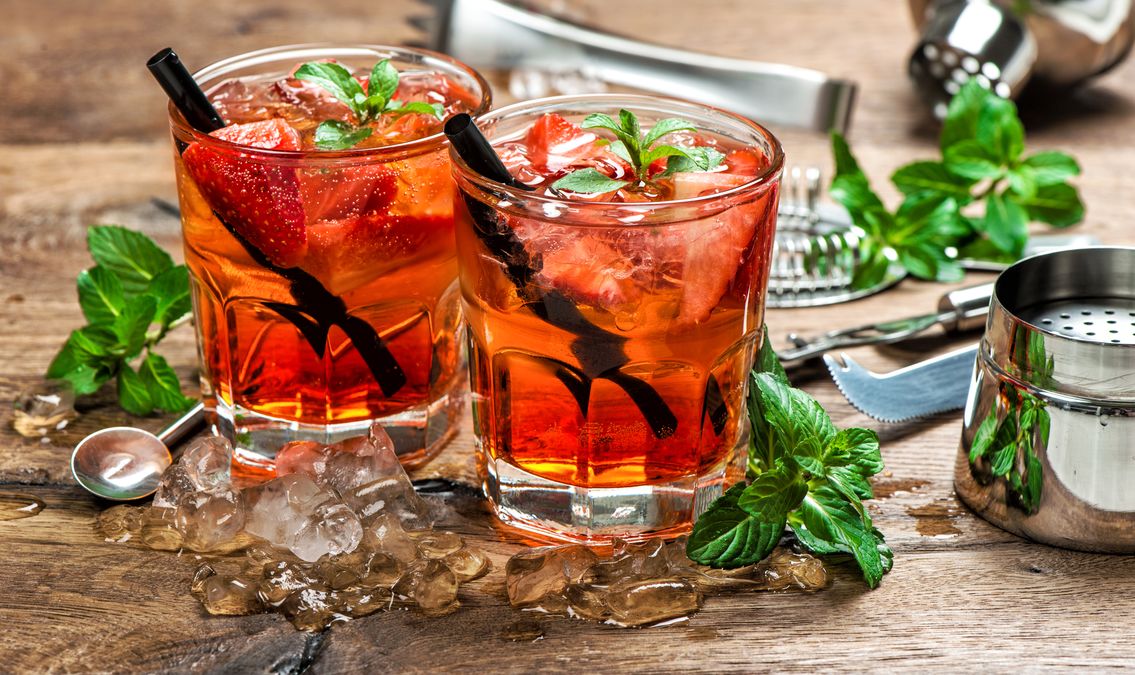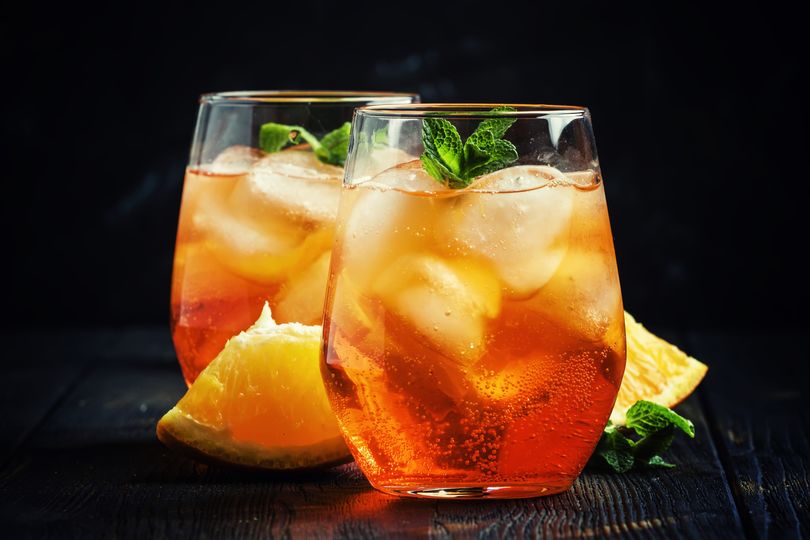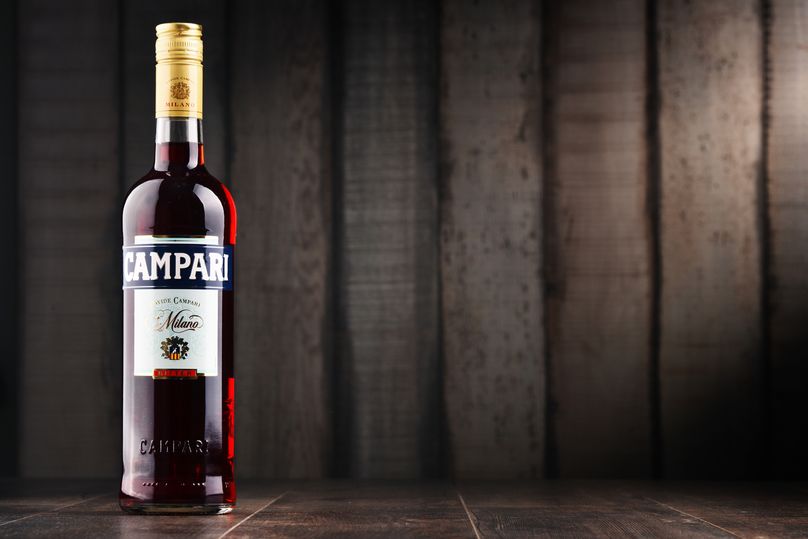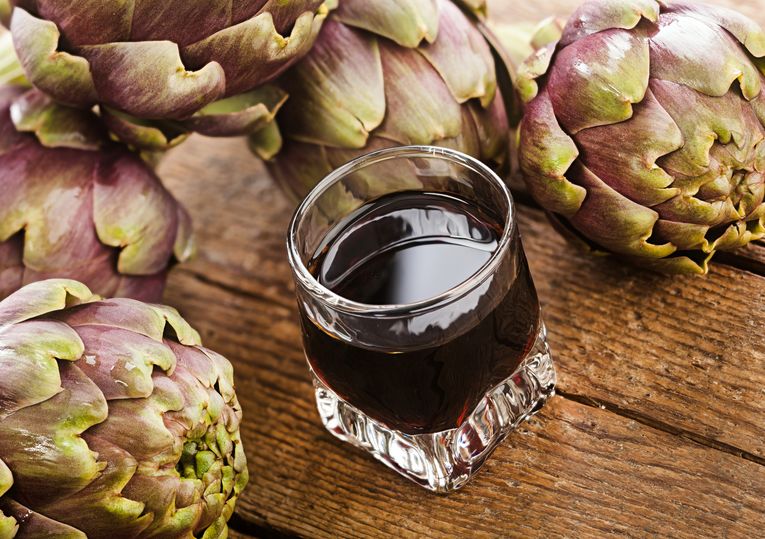Aperitifs are set to be this summer's ultimate tipple
Typically lighter in alcohol but bursting with flavour, aperitifs have a wide choice and rich history worth exploring.

Names like Aperol and Campari roll easily from the tongue when it comes to ordering light, refreshing and sessionable summer drinks – the ubiquitous Aperol Spritz will be out in force again this summer while Campari, the signature spirit that adds both the bitterness and bright red hue to a Negroni, is another staple.
But there is so much more to explore and enjoy about the group of drinks from which these popular spirits derive, aperitifs and digestifs. As the names imply, they were conceived either as a stimulation to eat, or a way to help digest a heavy meal.
Today, with their relatively low alcohol (compared to mainstream spirits), bright range of flavour and refreshment, they’re a summer classic that calls for spirited exploration.
Italian inspiration
Far from a modern innovation, we can thank the Italians in both Milan and Turin in the 1800s for pushing aperitifs into the mainstream with Gaspare Campari’s invention of Campari in Milan, along with the concoction of the Torino Gran Classico, produced in Turin.
Both flourished, but eventually Campari became the market leader while Gran Classico faded into the background (probably due to its use of wormwood, which was illegal in some countries).
It was eventually sold to a small Swiss distiller in Bern and faded into oblivion until it was rediscovered in Switzerland by the owners of Petaluma-based company, Tempus Fugit. Its owners were blown away by its depth of flavour and layered, textured taste. Its deep salmon colour owes nothing to artificial coloring, unlike Campari.
Gran Classico is also purported to taste much more like the original Campari, for which Gaspare Campari is rumoured to have taken his inspiration from Gran Classico.
The latter, in my opinion, has the all-important full roundness of flavour that is a lot more interesting than Campari. I use it shaken with lots of ice, then strained into a cocktail glass, or as a long drink with soda, and it makes one hell of a Negroni. This is how I make it: equal parts Gran Classico, Antica Formula vermouth and Archie Rose gin, served with ice.
Taking it to the next level
The Italians may have invented such aromatised wines, but French ingenuity took it to another level. The French palate leans less towards sweet, and is generally more attuned to savoury, and this shows in both their white and red aromatised wines.
I know, I’m treading on dangerous ground here, but I prefer French aromatised wines – especially the really dry ones, like Noilly Prat. In 1911, the original Dry Noilly Prat was included in one of the world’s first examples of a ‘martini cocktail’, created by Martini di Arma di Taggia at New York City’s iconic Knickerbocker Hotel.
That was just the beginning. Today we have Cynar, an aperitif based on artichokes. Its inventor, Angelo Dalle Molle, was an Italian playboy. He was involved in the invention of the Italian electric car, and had six children from six different women. He died at the age of 90, leaving his entire fortune to his secretary.
Aperol is an aperitif similar to Campari, but sweeter and with an almost fluorescent colour that has taken over the world as the ‘Aperol Spritz’ with Prosecco and soda water added. Then there’s Antica Formula, a superb, spicy, dry red aromatised wine from Italy.
The Scandinavians love their Gamel Dansk and the Swiss adore their Appenzeller Alpenbitter, which I grew up with and its taste memory never leaves me.
In France, Joseph Dubonnet invented Dubonnet, an aromatised wine that contains a fair whack of quinine. The French government gave unlimited bottles to the French Foreign Legion to encourage the legionnaires in North Africa to drink quinine, helping to keep the mosquitoes at bay.
Pass the Pastis
And of course there is Pastis, a derivative of absinthe, an alcoholic drink made from wormwood as far back as the 18th century. It used to be given to patients suffering from rheumatism and intestinal worms, but became a bona fide drink when it was discovered by Frenchman Henri-Louis Pernod in the 19th century.
Today there are many forms of pastis and the correct way to serve them is at room temperature, as a long drink. My favourite is Pastis Henri Bardouin, hailing from Provence in France.
Another favourite aperitif is Amer Picon, invented by Gaétan Picon in 1837. Unfortunately, the original recipe has long been adulterated, and the original alcohol content has been watered down tremendously.
Still, it is drunk widely in France and generally used in Amer Bière (Bitter beer) which is one of my favourite drinks. Simply pour a good measure of Amer Picon into a beer glass and fill up with a lager or IPA. It's utterly delicious.
A gentiane giant
The Gallic love for gentiane is well documented and Suze produces a fabulous aperitif using gentiane root from a plant found in the French and Swiss Alps as the key ingredient.
Gentiane is quite bitter with a very specific taste unlike anything else, so Suze has quite a lot of sugar added to make it more approachable. It was invented early last century by Henri Porte and made with a blend of gentiane root and other scented woods and spices.
Try one nip of Suze, one nip of Gran Classico and the juice of two small blood oranges. Serve over ice. I named it ‘Alpine Rose’.
Elderflowers have been harvested in Europe for their beautiful scent for a very long time. Although not particularly rare, they are fragile; neither the blossom nor their alluring scent last long.
It was Robert J. Cooper who figured out a way to capture the rich aromas and flavours of elderflowers in an aperitif called St Germain and it’s gorgeous on its own, over ice, or as a base for a Champagne cocktail.
The best bars around the world will be stocked with an array of aperitifs, so experiment widely and browse cocktail lists for a light, tasty aperitif that suits your summer refreshment requirements.
And remember that whilst generally lighter on alcohol than traditional spirits, aperitifs can still pack a punch in any mixed drink, so consume responsibly.




Hi Guest, join in the discussion on Aperitifs are set to be this summer's ultimate tipple